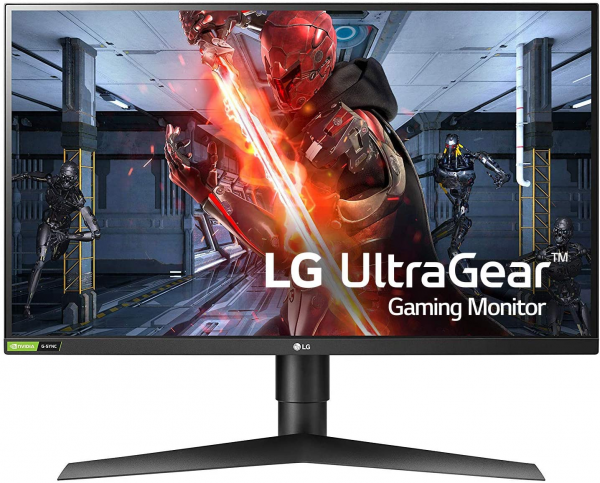LG
LG 27GL850: 27-inch Quad HD IPS 144 Hz G-Sync gaming monitor that lacks contrast
Aprox. 449€
See specificationsThe LG 27GL850 monitor is one of the rare models equipped with a new generation IPS panel displaying a response time of 1 ms which can compete with TN panels. Let's see what it's worth in practice.
Positive points
Reactivity.
Image well calibrated by default.
Neat ergonomics.
HDR compatibility.
USB hub.
Bad points
No black image insertion system (ELMB or Motion Blur Reduction).
Limited contrast compared to other IPS monitors.
Our review
Presentation
The LG monitor has a 27-inch IPS panel displaying a Quad HD definition of 2,560 x 1,440 pixels and supporting a native refresh rate of 144 Hz produced by LG Display. It stands out from those used by other manufacturers by its response time of 1 ms measured by an independent body (Underwriters Laboratories) and the integration of Nano-IPS technology which allows 98% coverage of the DCI color space -P3. This screen is compatible with both G-Sync and FreeSync (Adaptive Sync) up to 144 Hz, but does not carry a dedicated G-Sync chip. It also benefits from good ergonomics with an adjustable foot in all directions.
The LG 27GL850 monitor is quite expensive since it is sold for around 600 €, which is 100 € more than the Asus TUF VG27AQ which also uses an IPS panel 144 Hz 1 ms, but the latter is provided by AU Optronics.
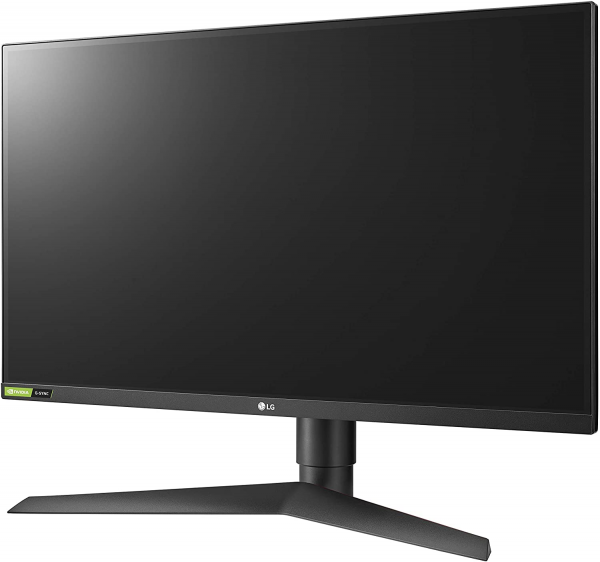
Ergonomics
From the front, the LG 27GL850 monitor is wise and made in extreme sobriety. All in black, it looks like a simple office monitor. The coating of the slab is matt and filters out most light reflections.
The red border on the back of the foot brings the little gaming touch to the monitor. This model is supplied with an external power supply which must be stored under the desk. It facilitates its replacement in the event of a problem, but it is less elegant than an integrated power supply.
The LG monitor has a height-adjustable foot of 11 cm and the tilt between -5 ° and + 15 °. The foot also allows passage to portrait mode.
The back of the monitor is very well finished, and again there is a touch of red that recalls the gaming aspect, and incidentally of the LG brand. The circle is not only aesthetic, it is pierced with small holes to let breathe the panel and the electronic components.
The connection consists of two HDMI inputs, a DisplayPort input, a headphone output and two USB 3.0 ports. It ignores the built-in speakers. LG provides a small plastic accessory that attaches to the base and acts as a fairly basic cable management system.
The clickable joystick is always the most pleasant way to navigate the settings. Pressing the button turns on the monitor. Then, just click and move the cursor to navigate the menus. It is possible to change source, mode (presets) and access the settings (brightness, contrast, sharpness, overdrive, temperature, etc.). The menus are readable and navigation is done quickly. A movement to the left or right allows you to quickly adjust the volume of the headphones while a movement up gives access to the brightness settings.
The LG 27GL850 monitor is quite comfortable on our 140 x 60 cm desk. However, the depth of the foot is quite high since it slightly exceeds 27 cm. Fortunately, the foot is quite airy and does not really clutter the office, but it is much compared to the 21.1 cm of the Asus TUF VG27AQ. The Quad HD definition of 2,560 x 1,440 px is quite fine on this 27-inch panel (resolution of 109 dpi) and allows you to display a good level of detail. The most sensitive can adopt a scaling to 125 or 150% depending on the distance.
By lowering the brightness to 32 to obtain a white at 150 cd / m², the LG 27GL850 monitor consumes around 24 W, ie a relative consumption of 119 W / m², much higher than the average consumption of the monitors tested (100 W / m² ). At the minimum of the brightness (52 cd / m²), it consumes 14 W. At the maximum (316 cd / m²), the consumption goes to 42 W.
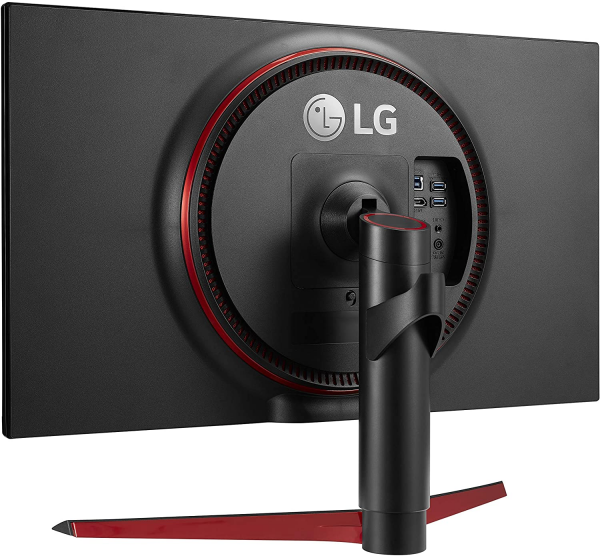
Colors and contrast
By default, the LG 27GL850 screen is fairly well calibrated. If the average temperature measured at 6,990 K is a little far from the 6,500 K reference, the curve is perfectly stable over the entire spectrum. The gamma curve shifts on the reference value of 2.2 with a stable curve across the spectrum. Finally, with an average delta E of 2.7, the colors can be considered as faithful to those sent by the source. Only red, green and yellow exceed a delta E of 4, but, overall, the rendering is more than satisfactory.
We lowered the brightness to 32 to obtain a white close to 150 cd / m², then we set the temperature to 6,000 K to get closer to the 6,500 K reference. As a result, the color temperature drops to 6,625 K, a value closer to that of the reference while retaining its stability. The other results are very close with an almost perfect gamma and a delta E always less than 3.
On this monitor, the calibration of the screen using a probe does not do much, and the color rendering is not improved. The red, green and yellow defects are not corrected.
The weak point of the LG 27GL850 monitor is its lack of contrast. We measured the native contrast at only 770: 1. In comparison, its most direct competitor - the Asus TUF VG27AQ - has a contrast ratio of 1,220: 1 and is one of the rare IPS monitors on the market to benefit from a contrast greater than 1,200: 1. The LG 27GL850 is therefore a bad student on this point and it remains even further from the contrast noted on the best VA monitors on the market, such as the Textorm TX32 or the Philips BDM4037UW whose contrast ratio exceeds 4,000: 1. The darkest scenes and the black areas appear washed out, especially in a dark room. This low contrast is less problematic during daytime use.
The average difference in white homogeneity is 7% on the 27-inch panel. There is thus no variation in the brightness perceptible to the eye. We did not find any light leaks in the corners or any clouding ("cloud effect") on our test model. IPS technology also offers very good viewing angles with very little variation in angles.
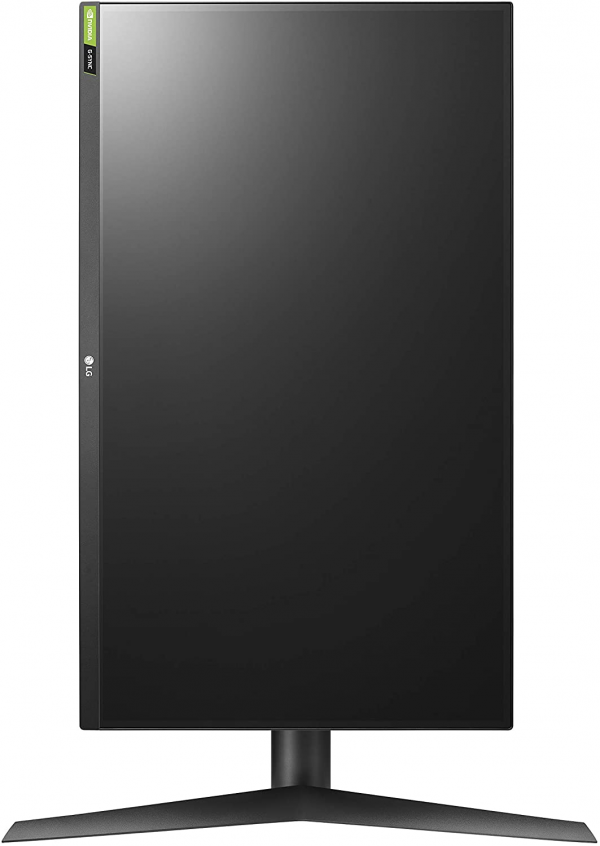
Reactivity
The LG 27GL850 does not use Pulse Width Modulation (PWM) to adjust the brightness; it is therefore devoid of flicker and does not cause headaches for those who are sensitive to this phenomenon. This screen also incorporates a "reading" mode which reduces blue light in software.
This monitor manages FreeSync and G-Sync between 48 and 144 Hz and therefore works optimally when the graphics card sends between 48 and 144 images per second (i / s). The monitor still supports the LFC system for Low Frame Compensation which quadruples, triples or doubles the number of images displayed in order to maintain a feeling of fluidity below 48 fps. At 20 fps, for example, the monitor operates at 80 Hz and quadruples the number of images. At 30 fps, it operates at 90 Hz. The LFC is not used between 48 and 144 Hz. The supported range is therefore very wide and covers all uses. We will still recommend a fairly high-performance graphics card like the AMD Radeon RX 5700 XT or the Nvidia GeForce RTX2070 Super) in order to take advantage of the definition of Quad HD and a high number of images. In all cases, the fluidity is there and the image does not suffer from tearing problems or jerks (micro-stuttering).
This screen is also certified "G-Sync Compatible" by Nvidia, which means that it corresponds to the quality criteria set up by the American company, but it does not have a chip dedicated to G-Sync as c is the case of some models .
We measured the remanence time at 7.5 ms with the overdrive ("response time" in French in the OSD) set to fast. This value makes it possible to limit ghosting ("ghost image effect") while avoiding the effect of reverse ghosting. This is the best afterglow time measured on an IPS panel. The LG 27GL850 is ahead of the Asus VG27AG by half a millisecond. This persistence does not equal that of the best TN screens like the Alienware AW2518HF 240 Hz flashed at 3 ms, but the IPS panel has more qualities (viewing angles, contrast). Finally, we measured the delay in the display (input lag) at 9.5 ms (at 60 Hz). This is an excellent value, this time slightly higher than that noted on the Asus, but there is still no lag between the action with the mouse and its impact on the screen.
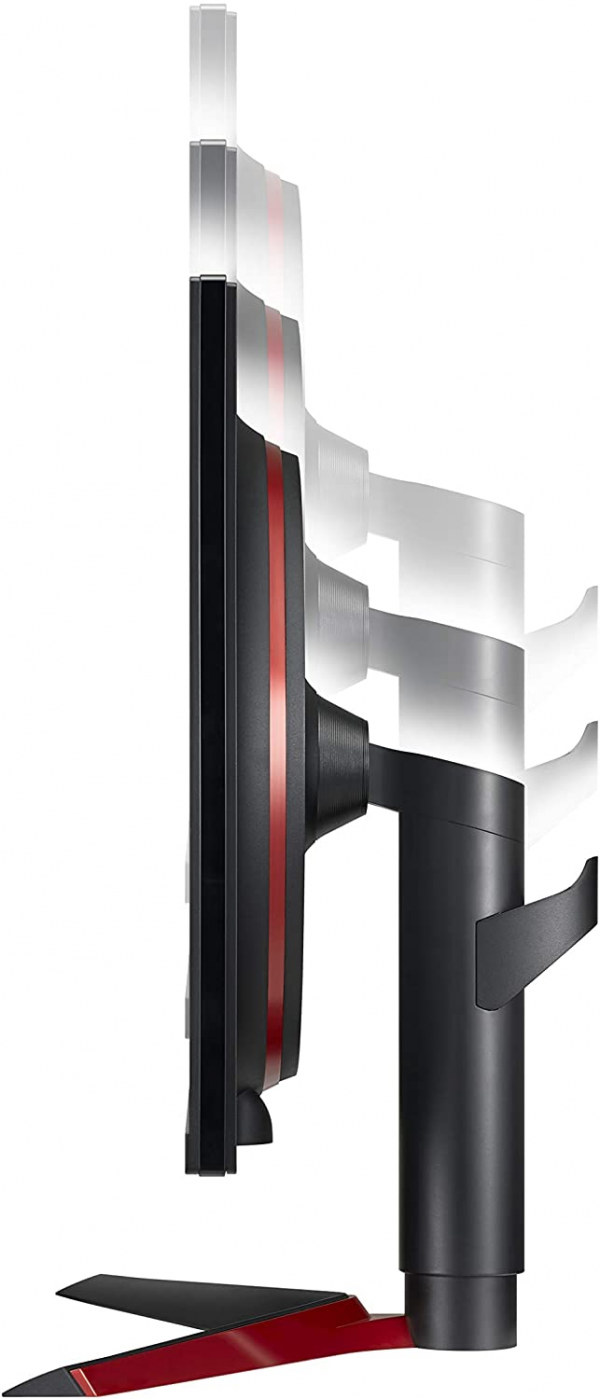
Conclusion
The LG 27GL850 is undoubtedly a very good monitor for gamers. The unrivaled responsiveness of the IPS panel combined with a native frequency of 144 Hz and FreeSync / G-Sync compatibility makes it a companion of choice for competition enthusiasts. In addition, it benefits from complete ergonomics, neat finishes and an image very well calibrated by default. However, the lack of contrast and the absence of a backlight scanning system make it lose a star, and therefore the battle against the excellent Asus TUF VG27AQ which offers the luxury of being sold a little cheaper than the LG model.
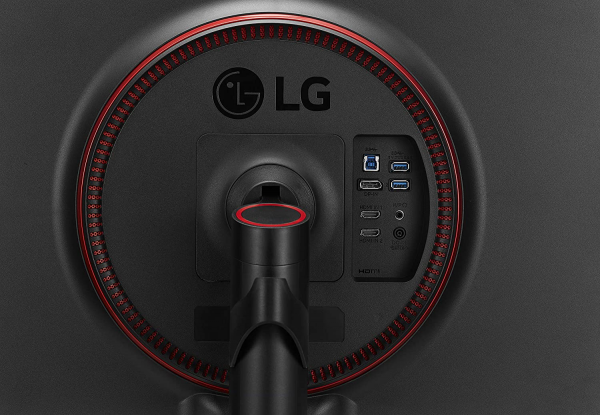
Specifications

